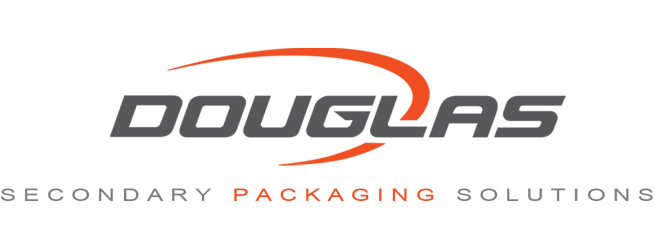by Matt Toyli.
Picture this. An engineer sits at their desk working to finalize a design prior to engineering release. The print package is finally released … the work is completed – right? Hardly! Following engineering release, many individuals within Machine Shop, Purchasing, Quality Control and Assembly utilize details on the designs, drawings and the properties assigned to the parts. Every detail is important to successful completion of the process steps. Tolerances spring to life in the hands of the machinist and quality control. Clearer meaning is defined as parts are fit together in assembly.
The engineer’s interpretation of how to satisfy information contained within case and product size tables within the project specification is validated as sections of the machine are bolted together and the machine is exercised through a size range. Small details captured across thousands of parts become increasingly important to the successful execution of a sold project. These details are repeated as the parts are reused within the same design or applied to new designs and can bring satisfaction to the designer and all their downstream customers … or frustration when the needs of those downstream customers are not captured and implemented successfully.
When engineering supplies repetitive satisfaction to their internal machine shop and assembly customers, it also positions those teams to satisfy the end user customers. That is what design for manufacturability is all about and why Douglas has adopted this practice. We know that managing these details creates success for our external customers by helping us perform more consistently to project deadlines and having parts that work in the hands of our customers.
Here at Douglas, there has been a concerted effort on design for manufacturability over the last several years. Several significant steps have been taken to create a heightened focus on this topic to help engineering satisfy the needs of downstream customers. A team composed of design and manufacturing engineers bring focus to this activity on our maintained platforms. These engineers work with our Assembly and Machine Shop teams to identify problem statements on those platforms. Sometimes these problem statements occurred repetitively and had to do with part or assembly complexity just inherent in the design, and other times these issues occurred sporadically and had more to do with stack-ups of tolerances or different versions of parts across wash levels.
Our Quality Control team reviews print packages for recent or repeat issues they have observed to ensure these issues are eliminated prior to our Production team using these packages on sold machines. It is exciting to see the communication and collaboration that takes place as engineering gains better understanding of the challenges facing these teams and begins discussing ways to prevent those issues from happening again in the future. These discussions frequently highlight one or more of Douglas’ core values of Unwavering Integrity, Servant’s Heart, Ownership Spirit and Continuous Innovation & Improvement. There is great satisfaction in seeing these discussions come to a successful conclusion in the form of optimized designs in machine shop, on the assembly floor and, most importantly, in the hands of our customers.
Another way we have created a focus on design for manufacturability is through the creation of Subject Matter Expert (SME) Print Check teams. These teams have been created to focus on areas that have issues with a higher than desired rate of Engineering Change Requests (ECRs). Design for manufacturability was the goal behind the creation of our engineering change request system in the first place. This system allows machine shop and/or assembly to create change requests that corrects or clarifies engineering prints so parts can be manufactured correctly. Ideally, assembly or machine shop would not have to create ECRs and prints would be produced correctly from engineering the first time. The SME Print Check teams have brought focus to the repetitive issues observed on ECRs and developed standardized guidance. This guidance is reinforced during print reviews prior to release to manufacturing. Again, there is an underlying communication and collaboration with downstream customers to distill manufacturing or assembly needs to rules that can be consistently executed by engineering. Some of these teams have measurably reduced ECRs by greater than 80% in their targeted areas! Engineers can “graduate out” of these print checks by demonstrating repeated success as their parts pass through the print checks without comments or revision. These checks help parts flow smoothly through machine shop, sometimes while under great time pressure to get a part in the hands of a customer who needs it.
Ultimately, we are successful in engineering only when our internal and external customers can consistently achieve their goals. This success requires a partnership and shared understanding of key needs throughout manufacturing and assembly. Understanding and controlling our designs and tolerances in a way that allows parts to be efficiently produced, bolted together and adjusted throughout a size range, while allowing product to flow smoothly through our equipment, is a rewarding endeavor and a key part of fulfilling our ultimate mission … To enrich lives by providing differentiated packaging automation and services.
